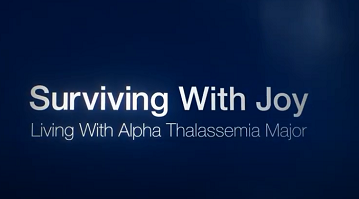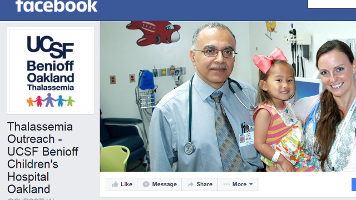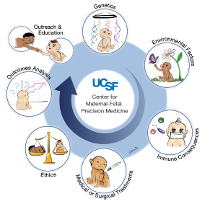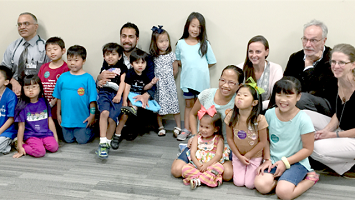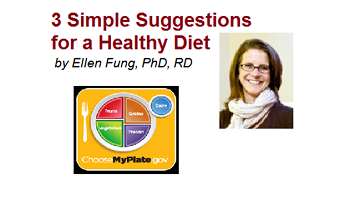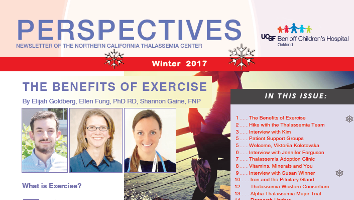3 Simple Suggestions for a Healthy Diet
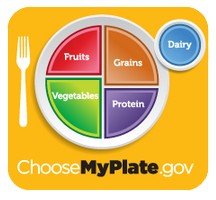
One of the most common questions we are asked as nutritionists is, ‘What should I be eating?’ In many ways, the diet for individuals with thalassemia is no different than for anyone else: the key is balance. However the needs for certain nutrients are much higher in thalassemia. Therefore, nutrient density is very important! This means every calorie must count. Rather than worrying about which specific foods are ‘good’ for you, or which foods are ‘bad’, it’s better to focus on choosing a variety of foods that are packed with vitamins, minerals, fiber and other nutrients. Making smart, balanced food choices everyday can help you stay healthy.
Here are some strategies you can use:
Eating Around the Rainbow:
Healthy foods we eat come in a variety of colors: kale (green), carrots (yellow), beets (red), red cabbage (purple). Fruit loops don’t count here! Each food derives its color from the rich concentration of antioxidants in its skin and flesh. The variety of colors come from a diverse range of anthocyanins (plant pigments) and antioxidants (for example, carrots and sweet potatoes are orange because of the antioxidant, beta-carotene). By eating a variety of foods of different colors throughout the day (eating around the rainbow), you will be consuming more antioxidants, substances which are important for reducing the damage that can be caused by the free iron in your body.My Plate:
Smaller portions, More Vegetables and Fruit. If you are not familiar with the ‘My Plate’ campaign from the USDA, you should take a look at it (see below and at www.choosemyplate.gov). It is the newest guideline for eating healthy. It is a simple set-up of a small plate which is divided into portions, roughly ¼ for protein, ¼ for grain/carbohydrates and ½ of the plate set aside for fruits & vegetables. If we ate all our meals this way, we would be consuming many more vitamins and minerals in our diet. Think about this the next time you sit down for lunch and dinner.Eat Food Not Supplements:
The best way to get all of our nutrients is through our food. Most nutrients are best absorbed when they come from our food (e.g. calcium- milk, zinc - chicken) rather than in the form of supplements. Nutrients found within foods are created in such a way to avoid competition for absorption in your body whereas the form of nutrients in some supplements may result in poor absorption. Food also contains much needed fiber as well as other substances (phytochemicals, flavonoids) that are important for your health. When healthy foods are replaced by foods with poor nutrient density (e.g. empty calories) + dietary supplements, you miss out on all of the benefits of food. Not to mention the simple joys of consuming delicious, nutritious foods! However, we must be clear…Individuals with thalassemia may require certain supplements (e.g. vitamin D) in addition to their diet; but supplementation should NOT REPLACE a healthy diet.
Making healthy choices doesn't have to be complicated — simply begin by making one change in your daily routine, such as making sure to have one colorful vegetable every day. You may just be surprised how simple it can be, and how great you can feel.
Ellen Fung, PhD RD
Associate Research Scientist
UCSF Benioff Children’s Hospital Oakland
Oakland, CA USA
Farah Sultan, RD
Master’s Degree Student, Nutritional Science
McMaster University
Toronto, ON Canada
December 1, 2015

